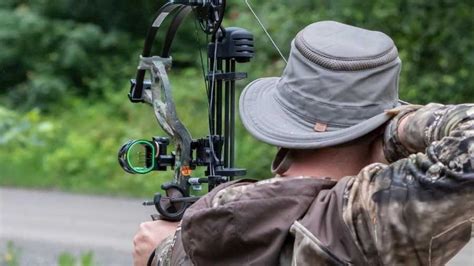Bow Restringing Costs: Protecting Your Investment
For musicians, a bow is an irreplaceable tool, an extension of their artistry. Its delicate balance and responsive hair are crucial for producing the nuanced sounds that define a performance. Regular restringing is essential for maintaining a bow's performance and longevity, but the cost can be a surprise for the uninitiated. This article delves into the factors influencing bow restringing costs, helping you understand what to expect and how to protect your investment.
What Affects the Cost of Bow Restringing?
Several factors significantly impact the price of a bow restringing:
-
Type of Bow: The type of bow—violin, viola, cello, bass—directly influences the cost. Larger bows require more hair and consequently more labor. The complexity of the bow's design can also add to the cost. For instance, a high-end, intricately crafted bow will likely demand a more specialized and expensive restringing service.
-
Hair Quality: The quality of the hair used for restringing is a crucial factor. While Mongolian horsehair is the standard, its quality varies, affecting both the bow's performance and the cost. Higher-grade horsehair offers superior responsiveness and durability, resulting in a higher restringing price.
-
Bow Repair Needs: During the restringing process, the luthier may discover other issues requiring repair. These can range from minor adjustments to significant repairs, significantly increasing the overall cost. A broken frog, loose windings, or damaged tip will all add to the bill.
-
Luthier Expertise: The expertise and reputation of the luthier also influence pricing. Experienced luthiers with a proven track record of high-quality work typically charge more than less experienced technicians. Their expertise ensures a precise and professional restringing job, maintaining the bow's integrity.
-
Geographic Location: The location of the luthier can also affect the cost. Areas with higher living costs often reflect higher labor costs, making restringing more expensive.
How Much Does Bow Restringing Typically Cost?
The cost of bow restringing varies considerably. Expect to pay anywhere from $50 to $200 or more, depending on the factors outlined above. Budget-friendly options might be available, particularly for simpler bows, but cutting corners could compromise the bow's performance and longevity. Higher-end bows and specialized services might cost significantly more.
How Often Should I Get My Bow Restrung?
The frequency of restringing depends on usage. Regular players might need a restringing every 6-12 months, while less frequent players could stretch it to 1-2 years. Signs that a restringing is needed include weaker projection, a less responsive bow, or noticeably worn or frayed hair. Don't wait until the hair is excessively worn; timely restringing prevents damage to the bow and ensures consistent performance.
Can I Restring My Bow Myself?
While it might seem tempting to save money by restringing your bow yourself, it's generally not recommended. Bow restringing is a delicate procedure requiring specialized tools and expertise. Improper restringing can damage the bow, potentially impacting its sound quality and even leading to irreparable damage. The small savings are significantly outweighed by the risk.
Finding a Reputable Luthier
Finding a reliable and experienced luthier is crucial for protecting your investment. Ask for recommendations from other musicians, check online reviews, and consider visiting potential luthiers to discuss your needs and assess their expertise. A good luthier will be knowledgeable, provide transparent pricing, and prioritize the preservation of your bow's value and playability.
Protecting Your Investment: Beyond Restringing
Protecting your bow goes beyond just regular restringing. Proper storage, cleaning, and handling contribute significantly to its longevity. Avoid extreme temperatures and humidity, keep it in a case when not in use, and regularly clean the hair gently with a soft cloth. By taking care of your bow, you'll extend its lifespan and minimize the need for frequent and costly repairs.
By understanding the factors influencing bow restringing costs and taking proactive measures to maintain your bow, you can protect this valuable investment and ensure that it serves you well for years to come.

